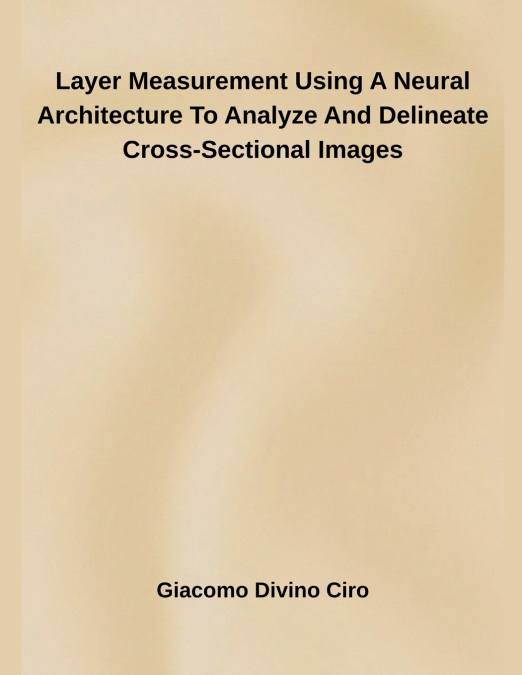
Giacomo Divino Ciro
The refractive error of an eye gives poor vision to a person due to focusing problem of light rays on the retina. The focusing of light rays majorly depends upon the shape of corneal tissue of an eye. Cornea is the outermost and very front layer of an eye made up of five different tissue segments with epithelium at the front followed by Bowman’s layer, stroma, Descemet’s membrane, and endothelium. The cornea is helpful in focusing the light rays towards retinal focus point for transmitting the light ray signals to move on optic nerve connected with the brain. The abnormal thickness of a corneal layer makes the light rays to fall away from the retinal focus point and it results in blurred vision called keratoconus or refractive error. Figure shows, how the light rays are entering into an eye and it shows how the cornea is changing the angle of light rays to fall exactly on the surface of cornea. The cornea is a primary layer that makes 90 percent of the focusing work on a human eye. The remaining part is adjustable with the lens movement behind it.